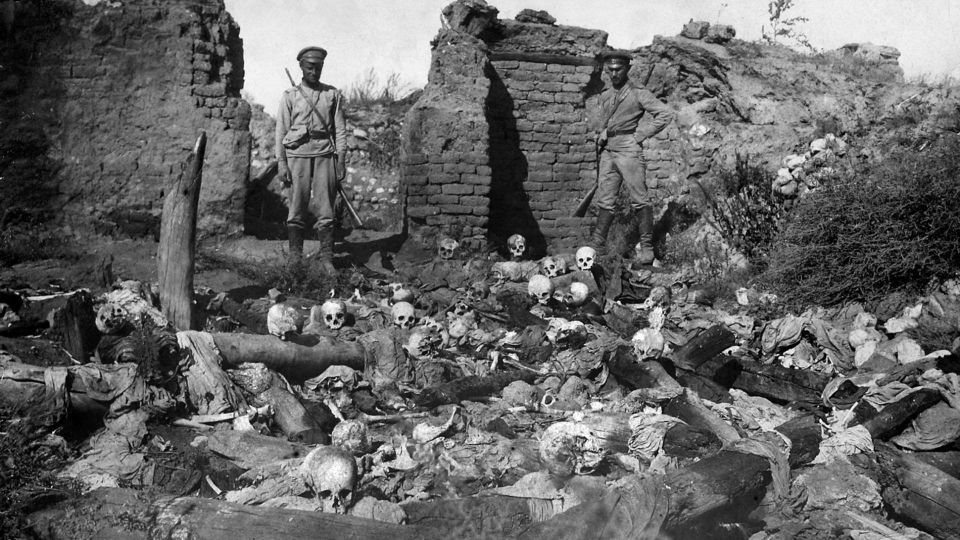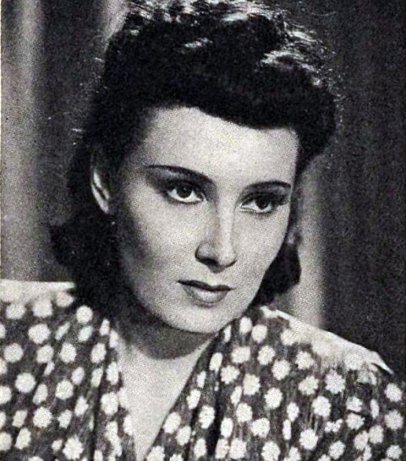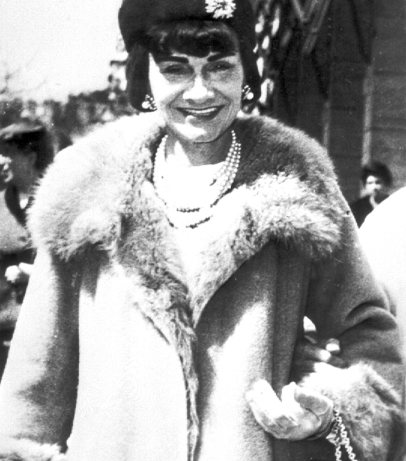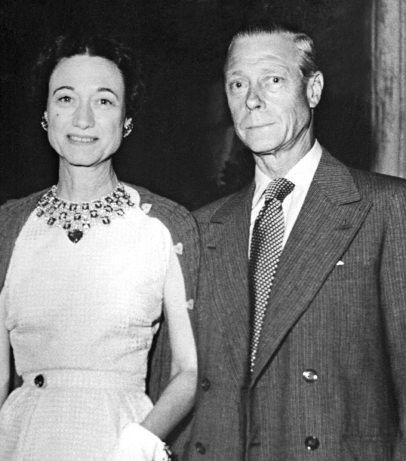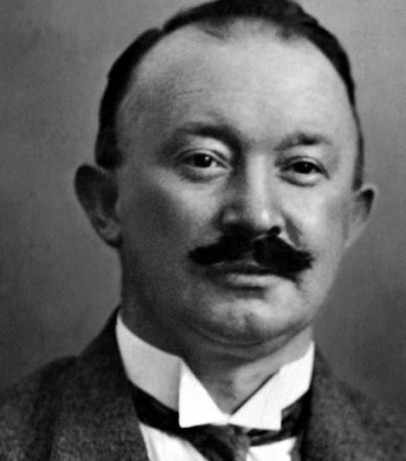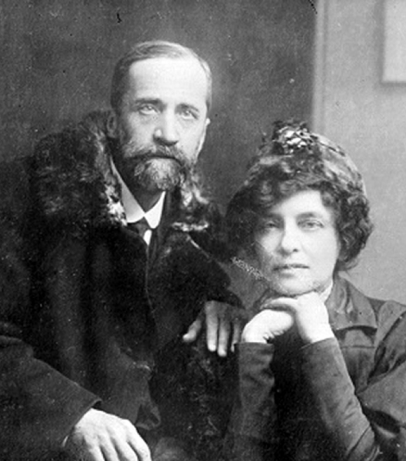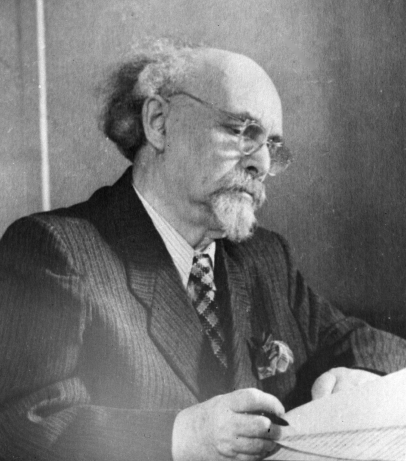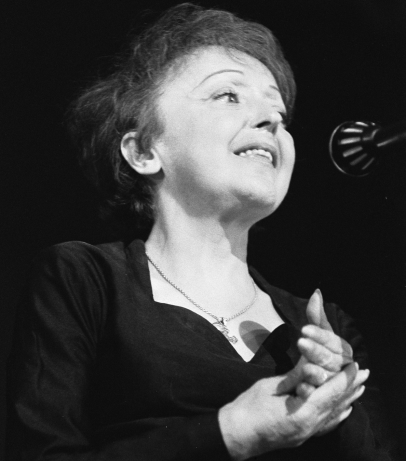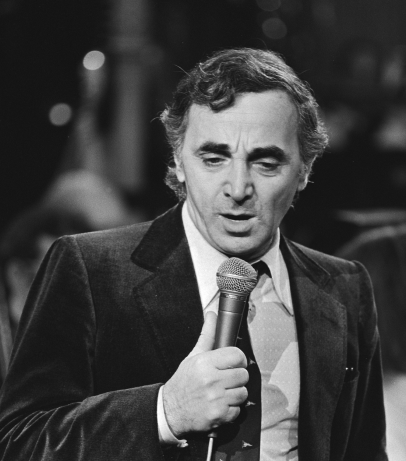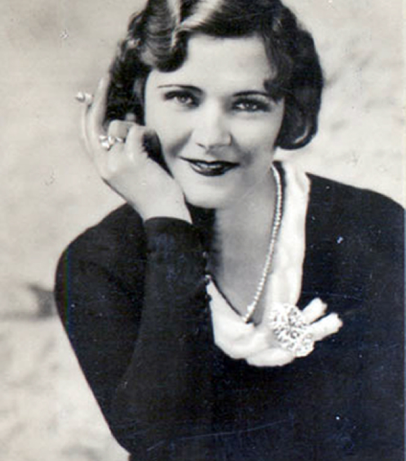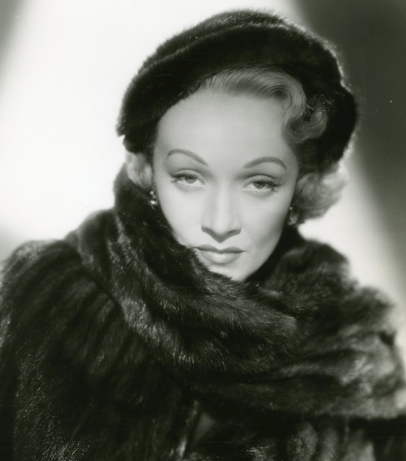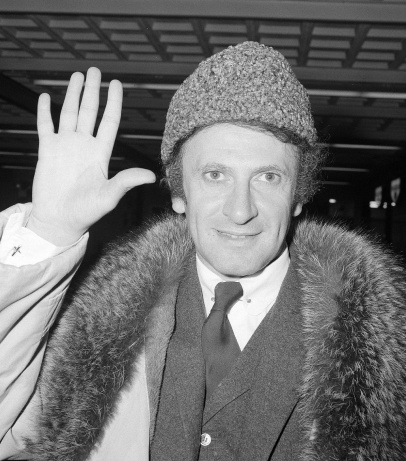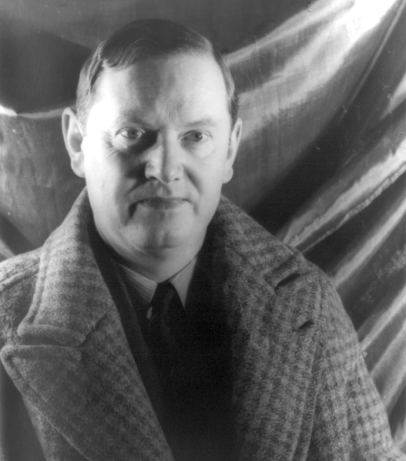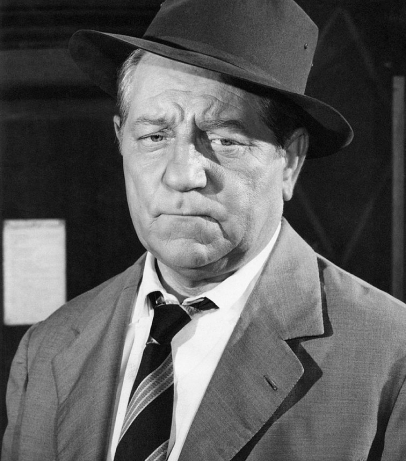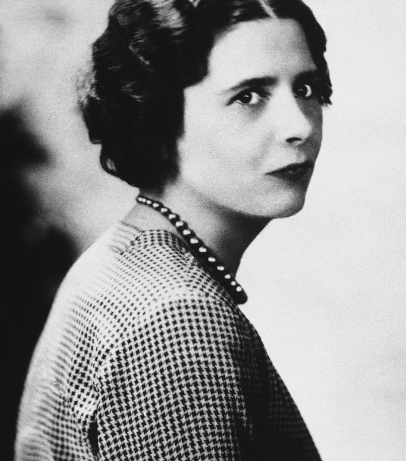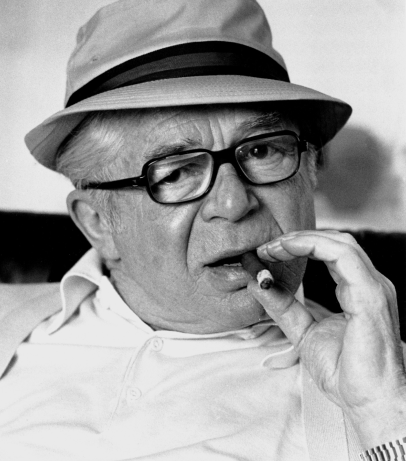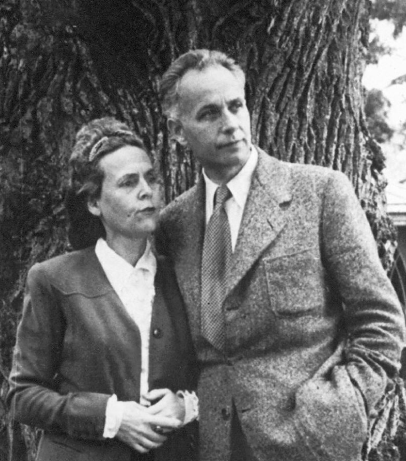On 27 September 1947, the Soviet steamship ‘Russia’ sailed from Beirut to the USSR with 6,000 Armenian refugees on board, who had arrived in Lebanon after the genocide organised by the Ottoman Empire in 1915 which reportedly continued until 1923.
The Armenian Genocide unfolded in several stages: selective removal from border regions, the passing of an expulsion law, mass deportations and killings. The term "genocide" was coined by Polish lawyer Raphael Lemkin to describe the mass extermination of Armenians in the Ottoman Empire and of Jews in territories occupied by Nazi Germany, and after the Holocaust, the Armenian Genocide is the most-studied act of slaughter in history. In the 24 May 1915 joint declaration by the allied countries (Great Britain, France, and Russia), the mass murder of Armenians was recognised as a crime against humanity for the first time in history.
There were stark similarities between the Holocaust and the Armenian Genocide: one of the justifications was on biological grounds as Armenians were labelled "dangerous germs" and deemed of lower status than Muslims; also, the methods of extermination were unspeakably cruel - Armenian children and pregnant women were given poison and those who refused to take it had it forcibly administered or were drowned, children were poisoned in hospitals and schools, according to French and Turkish witnesses, and others were boiled to death in mobile “steam baths”. Discussing the heinous crimes against his Jewish victims, Hitler said: “Who remembers the Armenian Genocide now?”
Only a small number of Lebanese Armenians decided to move to Soviet Armenia in the USSR and the Lebanese Armenian diaspora still numbers around 150,000 people.
Source:
Anthony Dirk Moses, “Genocide and Settler Society: Frontier Violence and Stolen Indigenous Children in Australian History”, New York: Berghahn Books, 2004
